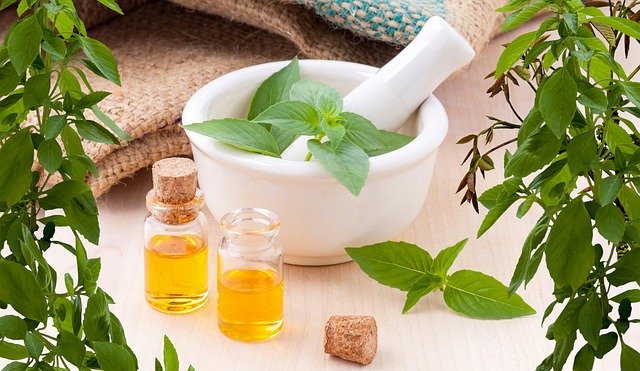
The regulations surrounding herbal medicinal products are based on scientific opinions that relate to both herbal substances and the preparations that are derived from them. Critically, a great deal of knowledge is available detailing the recommended use and safety. The role of gathering scientific opinions on such products is obtained through the Committee on Herbal Medicinal Products (HMPC) on behalf of the European Medicines Agency (EMA).
When seeking marketing authorization or registering a herbal medicinal product in the European Union, many businesses such as pharmaceutical companies need reference points so that they can make a clear and unambiguous application of their herbal medicines.
Each country has its own nationally recognized competent authority. There are however three main regulatory routes for bring a herbal medicine product to market.
[1] The first is ‘Traditional Route Registration’ which is defined and described in the EU Directive 2001/83/EC and is contained in Article 16a(1).
The main requirements on safety and efficacy are the following:
- No clinical tests and trials on safety and efficacy are required as long as sufficient safety data and plausible efficacy are demonstrated
- Involves assessment of mostly bibliographic safety and efficacy data
- Must have been used for at least 30 years, including at least 15 years within the EU
- Are intended to be used without the supervision of a medical practitioner and are not administered by injection
To make applications means registering the herbal with the member state country’s national competent authority.
[2] If the regulatory pathway is to follow the route of ‘well-established use marketing authorization’ which is described in Article 10a of the European Directive 2001/83/EC, then the following requirements are:-
- Scientific literature establishing that the active substances of the medicinal products have been in well-established medicinal use within the EU for at least ten years, with recognised efficacy and an acceptable level of safety
- Involves assessment of mostly bibliographic safety and efficacy data
As with the 1st route, applications are made with a member state’s national competent authority or with the EMA is a centralised procedure is to be applied.
[3] If the application is one for a stand-alone or mixed product as defined in Article 8(3) of the Directive 2001/83/EC, then the following must be made available:-
- Safety and efficacy data from the company’s own development or a combination of own studies and bibliographic data
As with route [2], applications are made with a member state’s national competent authority or with the EMA is a centralised procedure is to be applied.
Dossiers
To make a full qualifying dossier requires as much good quality safety and efficacy data as possible and these are defined in the HMPC scientific guidelines.
EU Standards
The HMPC supports EU Member States by producing two types of document:-
(a) EU monographs which cover the therapeutic use and safe conditions for well-established and/or traditional use of herbal preparations.
(b) an EU list of herbal substances, preparations and combinations that are used in herbal medicinal products.
The EU herbal monographs as their web-site explains must not be muddled with the monographs coming from the European Pharmacopoeia. The latter monographs cover the quality requirements of a wide range of substances that also include herbal preparations and substances.
In 2004, a simplified registration procedure was developed in the Directive 2004/254/EC (the Herbal Directive) which has amended Directive 2001/83/EC.
Leave a Reply